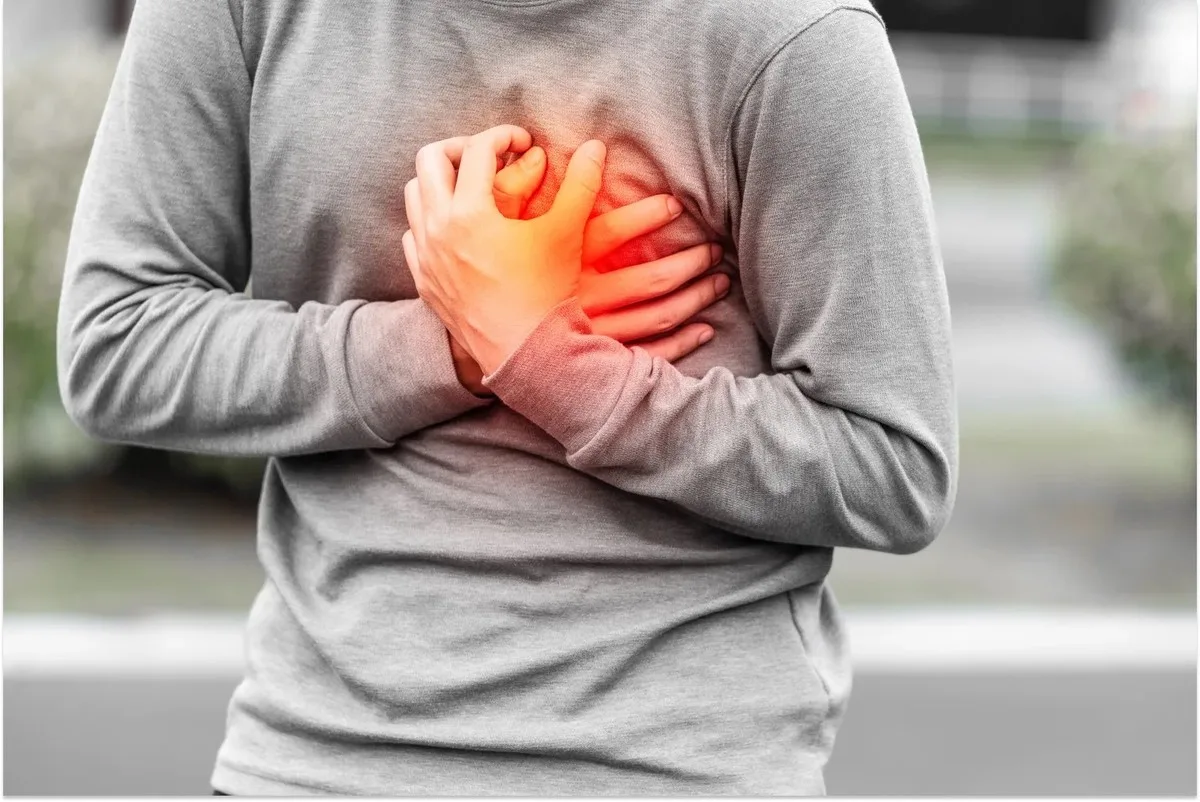31/10/2024
31/10/2024

NEW YORK, Oct 31: The CDC identifies subtle leg pain during movement as the most common symptom of high cholesterol, along with cold or numb toes and a diminished pulse in the legs. Cholesterol, a waxy and fatty substance vital for bodily functions, can accumulate in blood vessels when levels are high, leading to restricted blood flow.
Individuals with high cholesterol may develop peripheral artery disease (PAD), where small vessels in the legs or arms become clogged. According to reports, within five years of being diagnosed with PAD, 20 percent of patients suffer a heart attack or stroke. Dr. Amy Pollak, a cardiologist at the Mayo Clinic, emphasizes the importance of asking about symptoms, providing aggressive medical therapy, and closely monitoring these patients to reduce heart disease, currently the leading cause of death in the US.
Painful cramping or aching in the arms or legs during movement—affecting 60 percent of people with PAD—is the most common symptom, ceasing upon resting. Television personality Howie Mandel, 68, has been candid about his high cholesterol struggles to raise awareness. He acknowledged having ignored doctors' warnings to manage his cholesterol in his youth and now recognizes the risks, urging others to address their condition through medication and diet. Mandel remarked, "The bad cholesterol is sticky. You can’t say ‘I’m within weeks of a heart issue’; you could be within seconds of a heart issue."
High cholesterol is prevalent and can result from genetic factors or unhealthy dietary and exercise habits. Consuming foods high in animal fats, such as red meat, dairy, and fried items, can exacerbate cholesterol levels. Often, individuals do not feel the effects of high cholesterol directly, leading to neglect of the issue. However, over time, elevated cholesterol can impact the body, with PAD often manifesting as one of the first symptoms.
In addition to walking-induced pain, other PAD indicators include muscle weakness, hair loss, shiny skin, cool skin temperature, diminished or absent foot pulses, non-healing sores on the legs, and cold, numb toes. Risk factors for developing PAD include smoking, high blood pressure, diabetes, and obesity, with increased risk after age 60. According to the Mayo Clinic, about one-third of individuals diagnosed with PAD will die within five years, and 20 percent will experience a heart attack or stroke.
If PAD remains undiagnosed, the risk of limb loss increases due to potential tissue death from inadequate circulation, as stated by the American Heart Association. Treatment options encompass lifestyle changes—such as managing blood sugar—and medical interventions like blood thinners or statins, which lower blood cholesterol levels.
To help prevent PAD, the CDC recommends regular cardiovascular exercise to enhance blood circulation. Raising awareness about high cholesterol and its associated risks is crucial in preventing an increase in heart disease cases, especially as the aging population in America grows. Dr. Pollak noted, "As a higher percentage of the US population becomes older in the coming decades, progressive cardiovascular diseases like PAD will affect even more people."


